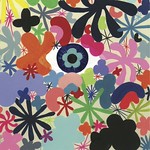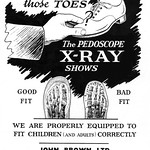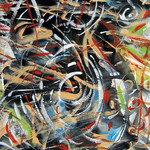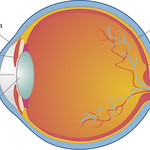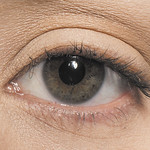Eye Tracking the User Experience
A Practical Guide to Research
Eye tracking is a widely used research method, but there are many questions and misconceptions about how to effectively apply it. Eye Tracking the User Experience—the first how-to book about eye tracking for UX practitioners—offers step-by-step advice on how to plan, prepare, and conduct eye tracking studies; how to analyze and interpret eye movement data; and how to successfully communicate eye tracking findings.
Eye tracking is a widely used research method, but there are many questions and misconceptions about how to effectively apply it. Eye Tracking the User Experience—the first how-to book about eye tracking for UX practitioners—offers step-by-step advice on how to plan, prepare, and conduct eye tracking studies; how to analyze and interpret eye movement data; and how to successfully communicate eye tracking findings.
Testimonials
If you are like me, you are a secret tools geek and get a little eye tracker envy every time you wander through a particularly well-equipped lab. Eye Tracking the User Experience is an excellent manual on how to leverage eye tracking for a deeper understanding of how people are responding to your designs. It covers virtually every facet of what you need to know to incorporate eye tracking into your methods toolkit, and is rich with practical advice and examples from Aga Bojko’s experience.
Arnie Lund, author of User Experience Management
Sometimes skeptical, sometimes enthusiastic, but always full of insight: Aga Bojko’s thorough and readable discussion of eye tracking will help you to make informed choices about whether to use it on your project, and about how to get actionable insights from it.
Caroline Jarrett, user experience consultant and author of Forms that Work
Through case studies and quantitative and qualitative methods, Eye Tracking the User Experienceoffers practical advice and plenty of examples, and makes the case for when eye tracking is and isn’t appropriate.
Jeff Sauro, author of Quantifying the User Experience: Practical Statistics for User Research
Eye Tracking the User Experience is one of the most approachable eye tracking books I have had the pleasure of reading. The book is richly illustrated and clearly written, giving the rationale and means for easily adding eye tracking to the UX practitioner’s arsenal. The book provides practical guidance from deciding on the right equipment to finding the right study setting, from establishing test questions and tasks to estimating the number of participants, from running the study to data extraction and analysis. Case studies are given throughout, showing how eye tracking proffers actionable insights to the study of user experience.
Andrew Duchowski, professor at Clemson University and author of Eye Tracking Methodology: Theory & Practice
Finally, a useful and usable book about what eye tracking really is—and isn’t—for user experience practitioners. Bojko uses plain language and clear, concrete examples (many of which you will borrow!) to explain the realities and dispel the myths of how eye tracking fits and adds value in a mature user-experience research program.
Kath Straub, Principal, Usability.org
Table of Contents
Chapter 1: Eye Tracking: What’s All the Hoopla?
Chapter 2: To Track or Not to Track
Chapter 3: Eye Trackers and Other Necessary Resources
Chapter 4: Time to Roll Up the Sleeves
Chapter 5: Combining Eye Tracking with Other Methods
Chapter 6: Verbal Protocols and Eye Tracking
Chapter 7: Eye Tracking Measures
Chapter 8: No Participants, No Study
Chapter 9: It’s Tracking Time!
Chapter 10: Data Extraction and Preparation
Chapter 11: Eye Tracking Data Visualizations
Chapter 12: Qualitative Data Analysis
Chapter 13: Quantitative Data Analysis
FAQ
These common questions about eye tracking and their short answers are taken from Aga Bojko’s book Eye Tracking the User Experience: A Practical Guide to Research. You can find longer answers to each in your copy of the book, either printed or digital version.
- Do I need eye tracking in my research?
It’s like asking “Do I need a microscope?” You don’t need one to see the dust bunnies under your bed, but you do if you want to find a dust mite. It all depends on what you are looking for. So maybe you do need eye tracking, maybe you don’t.Let Chapter 2 be the judge.


